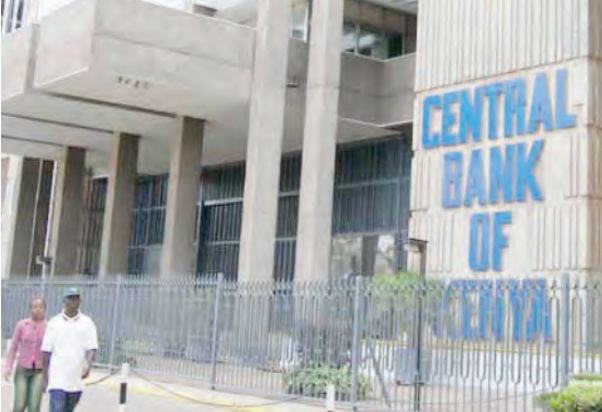A recent survey by the Central Bank of Kenya (CBK) has revealed that banks’ shift to risk-based pricing has led to a decreased appetite for new loans, resulting in higher non-performing loans (NPLs). This trend has contributed to an overall decline in loan uptake, which is expected to persist until the end of the last quarter of 2024.
According to CBK’s latest perception survey on commercial banks, “Credit growth is expected to slow down by the end of 2024 compared to the same period in 2023.” The report attributes the slower growth not only to risk-based lending but also to high lending rates, the strengthening of the local currency affecting foreign currency loans, and earlier interventions by CBK that pressured banks to increase loan costs.
The survey states, “CBK interventions, which exerted pressure to increase the price of loans amidst the implementation of risk-based pricing by banks, slowed down the pace of the uptake of new facilities, resulting in high non-performing loans and hence reduced business appetite.”
The Monetary Policy Committee noted that the rate of loan defaults in Kenya has reached levels not seen in over 18 years, as fiscal policies aimed at cushioning the country from high inflation take a toll on the banking industry. The ratio of gross non-performing loans (NPLs) to gross loans stood at 16.7 percent in August 2024, up from 16.3 percent two months earlier. This indicates that out of every Sh100 loaned by banks, Sh16.7 was not being repaid as agreed in August 2024, highlighting the struggles Kenyans face in servicing debts.
Banks have also pointed to recent protests in the country that have delayed investments, alongside a more cautious lending approach to mitigate the risk of default. Despite these challenges, banks remain hopeful, with expectations for an improved macroeconomic environment and business conditions to support private sector credit growth in the coming months.
The survey further noted that demand for credit is anticipated from key sectors for working capital, new opportunities, and short-term borrowing to alleviate financial constraints. It revealed that credit demand increased in August and September 2024 due to seasonal factors, with 73 percent of respondents expecting further demand growth in October and November, driven by higher spending during the festive season.
However, the relatively high cost of credit is likely to temper demand, with 75 percent of respondents indicating that corporates have adopted a “wait-and-see” approach. The report states, “About 55 percent of the respondents expected credit demand to be driven by increased short-term borrowing to reduce working capital and capital expenditure constraints for businesses and for financial support to individuals and households.”
On the broader economic outlook, 82 percent of respondents forecast slower economic growth in 2024 compared to 2023, although they expect it to remain resilient.
This optimism is bolstered by strong agricultural performance, which is being driven by favorable weather conditions and government input subsidies. Additionally, 66 percent of respondents believe that growth will be supported by a robust services sector, while 55 percent pointed to the easing of monetary policy in the context of low inflation and a stable currency.
However, 77 percent of respondents highlighted significant risks to economic growth, including limited government spending following the Finance Bill and subdued consumer spending due to diminished purchasing power. The recent protests and business disruptions are also expected to negatively impact growth prospects.
Regarding employment, the survey revealed mixed hiring expectations across banks and non-bank firms. Approximately 76 percent of banks plan to increase their workforce in 2024, citing business growth, branch expansion, and new product launches as the driving factors. In contrast, only 38 percent of non-bank firms anticipate hiring more employees, attributing this to high production costs, low profit margins, business uncertainty, and the need to control overheads amid reduced demand.



